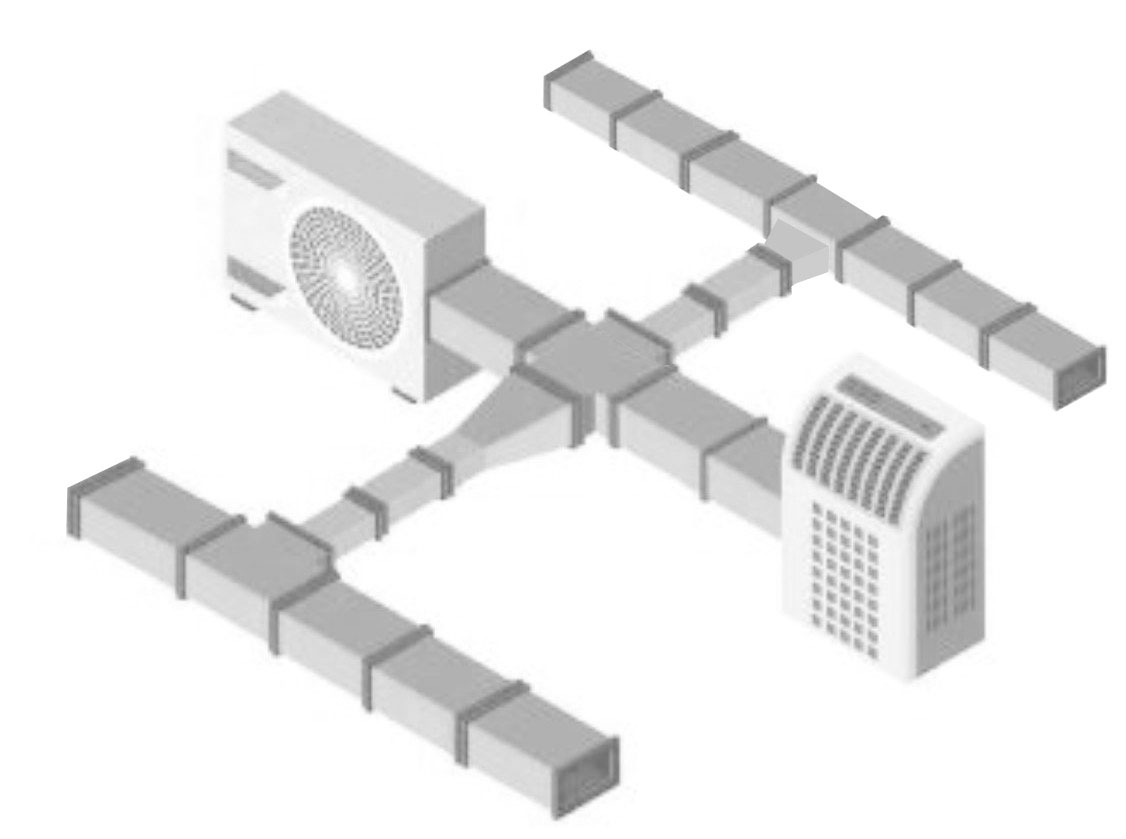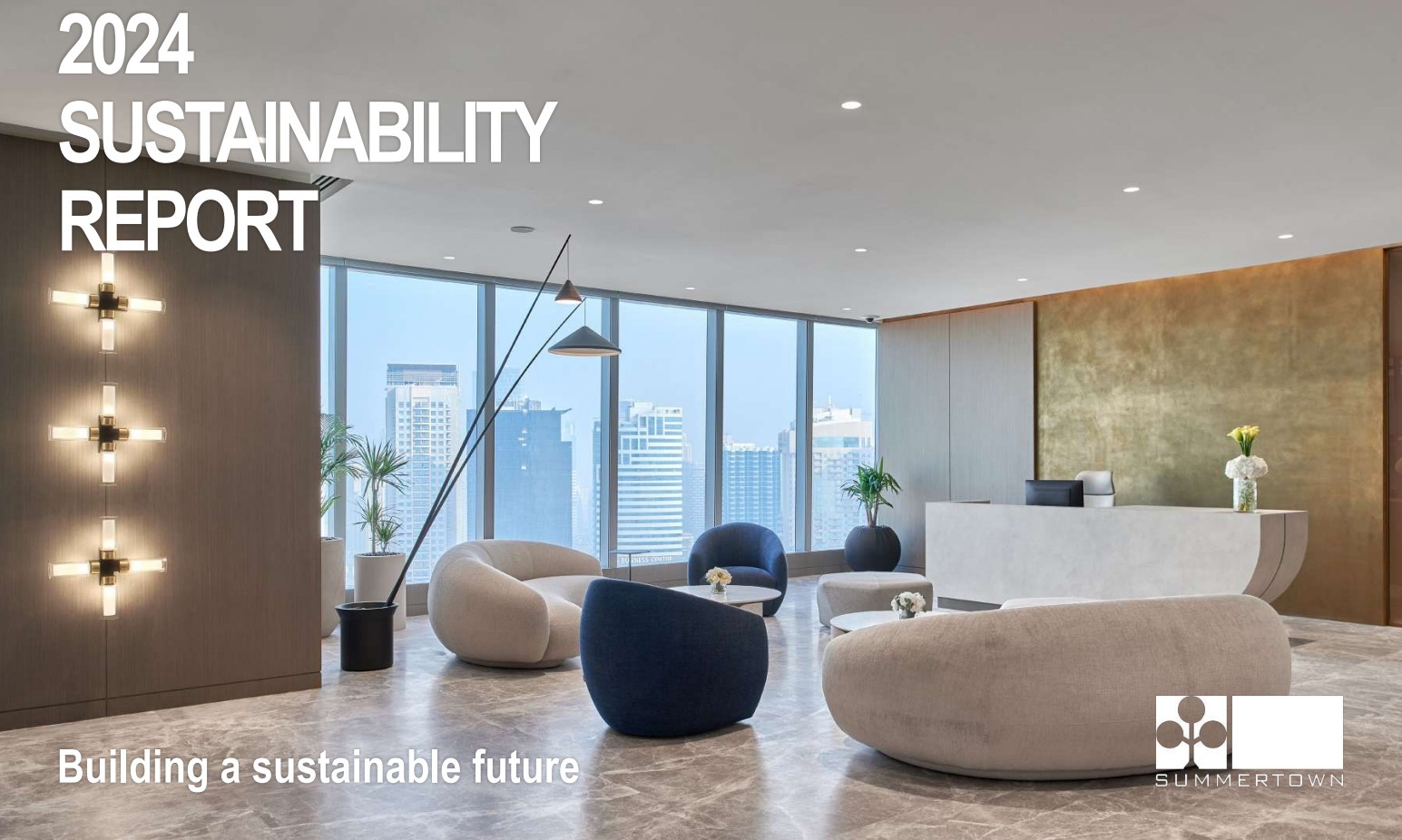With growing evidence that the COVID-19 virus is airborne for periods of time, combined with the fact that the majority of people work and live inside buildings 90% of the time – air quality and ventilation is paramount for a safe and healthy indoor environment. A recent study “…found that small cough droplets, potentially containing virus particles, can float in the air in a room for many minutes, especially when the room is poorly ventilated. Good ventilation in public spaces is therefore crucial to slow down the spread of the coronavirus.” [1]
As economies re-open and businesses return to their workplaces, checking their A/C and ventilation systems to ensure they are working well and produce high quality air should be part of every company’s return to work health and safety checklist.
USGBC New LEED Guidance and Reopening Strategies
Measures such as the ‘work from home initiative’ have been put in place to decrease contact and ultimately the spread of the coronavirus. However, for some businesses, this is not applicable while for some, productivity is at its best within the office space. The re-opening of workplaces is vital for many companies to restore their operations and make an economic recovery.
In response to the Coronavirus pandemic, the US Green Business Council (USGBC) [2] has released four new Leadership in Energy and Environmental Design (LEED) pilot credits to help companies provide healthy spaces. “The credits outline sustainable best practices that align with public health and industry guidelines related to cleaning and disinfecting, workplace re-occupancy, HVAC and plumbing operations.” [3] LEED guidance reopening strategies will aid businesses to make their office space sustainably safe and ready to occupy during this pandemic. These four new pilot credits are applicable under LEED certified projects or for projects are undergoing certification.
 Among the four new LEED pilot safety credits is a credit for managing indoor air quality. This credit focuses fundamentally on the air quality within the working area. The LEED requirement for this credit stipulates that the indoor air quality systems set up for buildings are designed to operate in ways that enable the ventilation systems to minimise the spread of the coronavirus through the air. According to the LEED certification stipulations, this can be achieved by improved ventilation systems and air filtration.
Among the four new LEED pilot safety credits is a credit for managing indoor air quality. This credit focuses fundamentally on the air quality within the working area. The LEED requirement for this credit stipulates that the indoor air quality systems set up for buildings are designed to operate in ways that enable the ventilation systems to minimise the spread of the coronavirus through the air. According to the LEED certification stipulations, this can be achieved by improved ventilation systems and air filtration.
This LEED credit is based on the understanding that coronavirus is basically spread through fluid droplets that are released into the air when a person sneezes or coughs. The virus-infected air is then spread via close contact or contact with virus contaminated surfaces. An indoor air conditioning and air filtration system that improve air quality, therefore, ensure that air is constantly filtered. A well-designed air filtration system should be able to capture the coronavirus and therefore mitigate its spread within the office space.
The other USGBC LEED guidance reopening strategies for the modern working space include:
- Cleaning and Disinfecting your Space – This credit stipulates that institutions should implement sustainable cleaning practices that promote the safety of the staff within the indoor working environment. It has been established that disinfectants and cleaning procedures currently in place are quite effective in curbing the spread of COVID-19. Since it is also majorly spread through the contamination of surfaces, this credit is quite useful as a LEED reopening strategy. This credit also instructs the training of cleaning personnel as well as the education of the utilisers of these working spaces to ensure the proper execution of this credit.
- Building Water System Recommissioning – Although this credit is not directly linked to controlling the spread of COVID-19, it addresses a health factor caused by the current pandemic. Due to the prolonged period of closure of business buildings, the water systems have been exposed to degradation and therefore are not suitable for human consumption. This credit however, recommends that building teams reduce the risk that office users would be exposed to due to poor quality water by adopting a water management plan in collaboration with local water and public health authorities.
- Re-Enter Your Workspace – This is recommended in the LEED certification checklist as a tool that aids the institution to evaluate the planned and progress of the re-entry process. This credit assesses human behaviour over the re-entry period in a bid to make the necessary precautions in curbing the spread of the coronavirus. This enables the institution to identify sustainable conditions for its safe operation.
Best practices for managing building air quality
The management of indoor air quality has been identified as among the most effective measures in curbing the transmission of coronavirus considering its mode of spread. It is therefore important that business administrators understand how to apply this LEED credit.
The upgrade of heating, ventilation, and air conditioning (HVAC) systems within buildings have a significant effect on coronavirus’ spread as the improved ventilation purifies the air through enhanced airflow.
 One low-tech strategy that could be applied in an indoor space to improve the air conditioning system of a building is the configuration of duct-made HVAC systems to improve the circulation of air from fresh air coming from the outside. This is a proper air purification strategy that reduces recirculation.
One low-tech strategy that could be applied in an indoor space to improve the air conditioning system of a building is the configuration of duct-made HVAC systems to improve the circulation of air from fresh air coming from the outside. This is a proper air purification strategy that reduces recirculation.
Building owners and technicians operating with older heating ventilation and air conditioning systems will have to consider the following hardware upgrades in improving their systems.
Swap fan motors with fixed speed for fan motors with variable speed as measure that improves the airflow control within the office space.
- Setting up high performing air purification systems which are quite impactful in fighting the spread of COVID-19.
- Setting up novel air flow control systems such as pressure sensitive systems to enable an eased adjustment of air flow.
An air purification upgrade on an HVAC system would include irradiation and thermal sterilisation which incapacitates biological particles in the air. Other technological upgrades in this respect entail iconic purifiers and ozone generators. Installing such systems come at a high LEED certification cost but have the potential to create LEED platinum buildings, due to their efficiency in curtailing the spread of coronavirus, which is a fundamental concern in these perilous times.
A less expensive yet quite effective alternative for air purification upgrades in HVAC systems is a filtration system. By installing filters at the air inlet or outlet of the central air handling unit goes a long way in purifying the indoor air within the working space. The mechanical operation of HVAC filters entails fibres that trap particles within the air that are too big to fit into its fibre gaps. This mechanical feature varies among filters which is why it is important to make upgrades based on the most effective air filtration system especially during this pandemic.
According to the United States ratings on efficiency of filtration of particles within the air, High Efficiency Particulate Air (HEPA) filters are the most effective in the percolation of small particles. Also, according to a scientific study by NASA, HEPA filters can block particles of up to the size of 0.1 microns, which happens to be the estimated size of the coronavirus. This makes the HEPA filtration system the best option for an indoor HVAC system.
All the USGBC, LEED guidance and reopening strategies are important and play a unique role in this fight. However, since the disease is a respiratory illness, it goes without saying that the quality of air you breathe is important especially in an enclosed area such as the office. If you wish to improve your workplace’s indoor air quality contact us today.
References:
[1] https://medicalxpress.com/news/2020-06-coronavirus-importance-ventilation.html
[3] https://www.usgbc.org/articles/usgbc-releases-new-leed-guidance-address-covid-19-and-support-buildings-reopening

